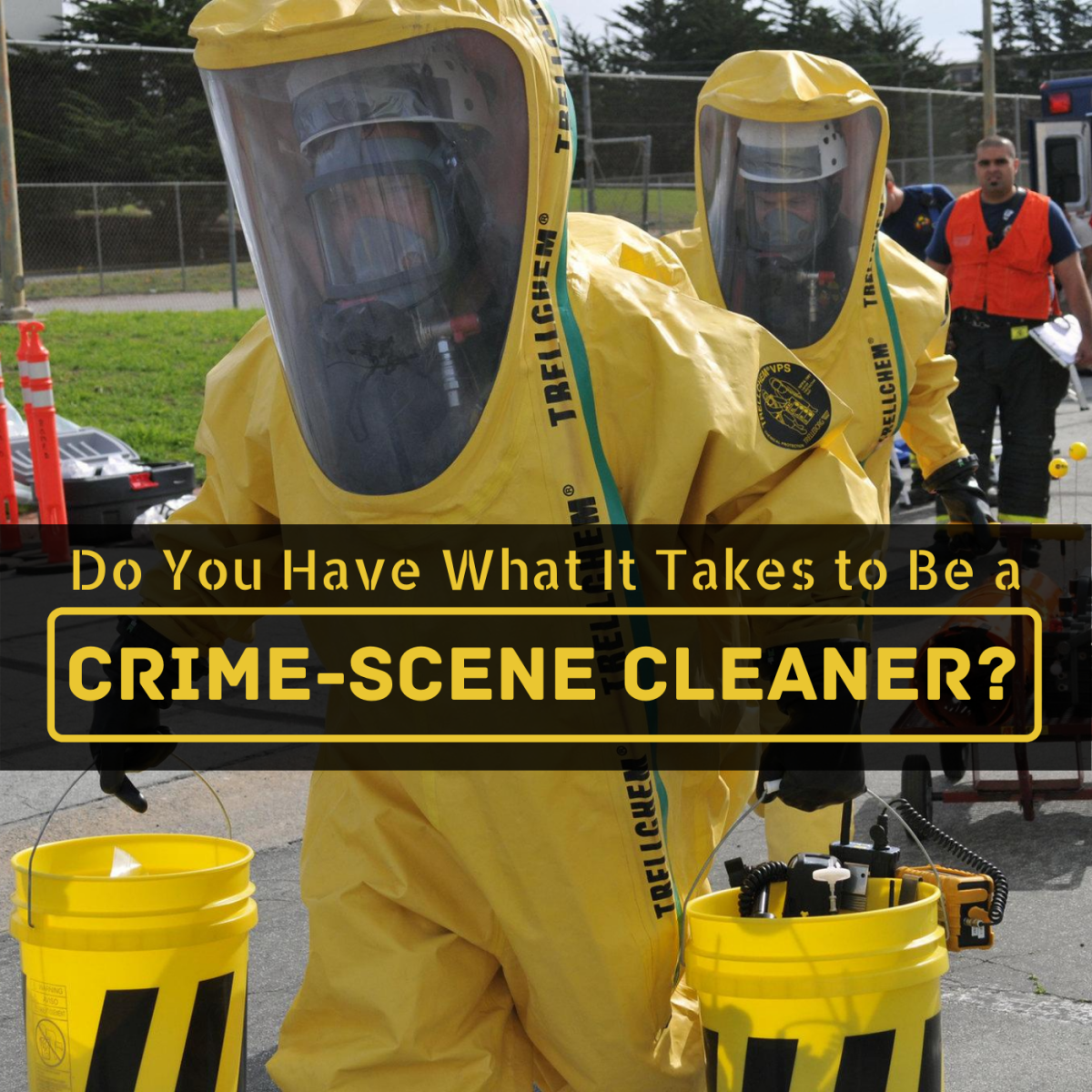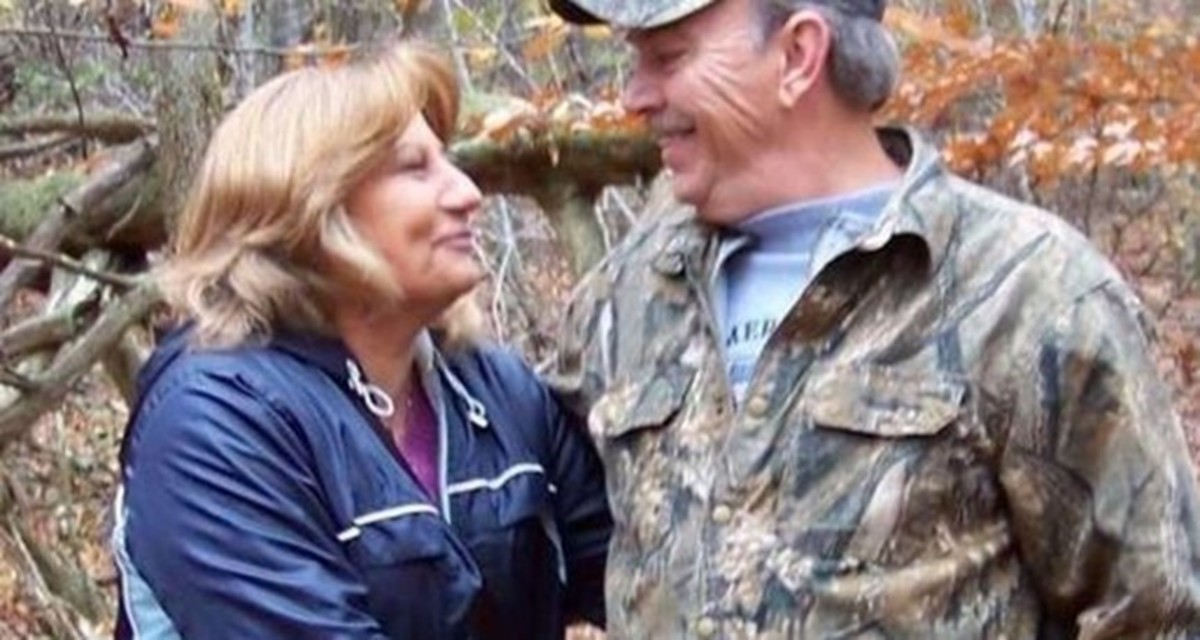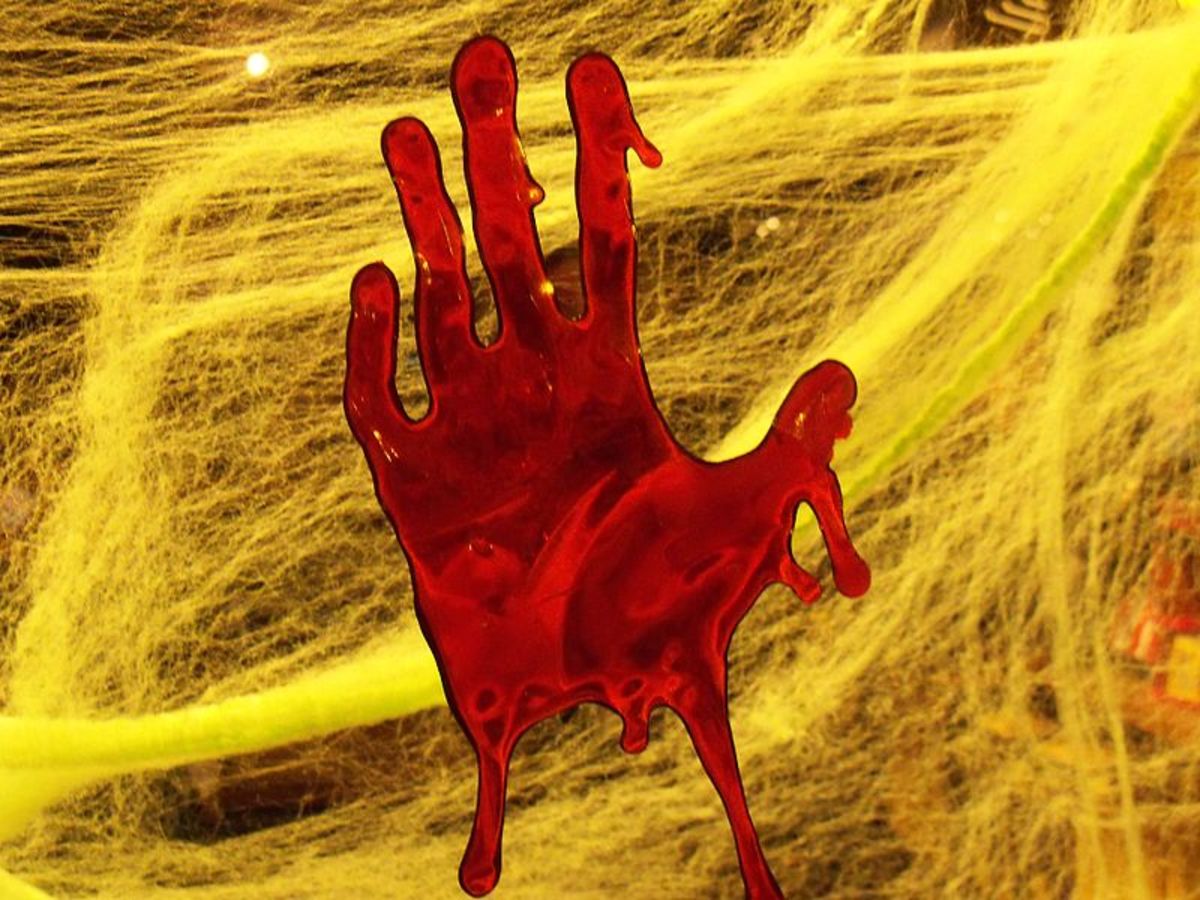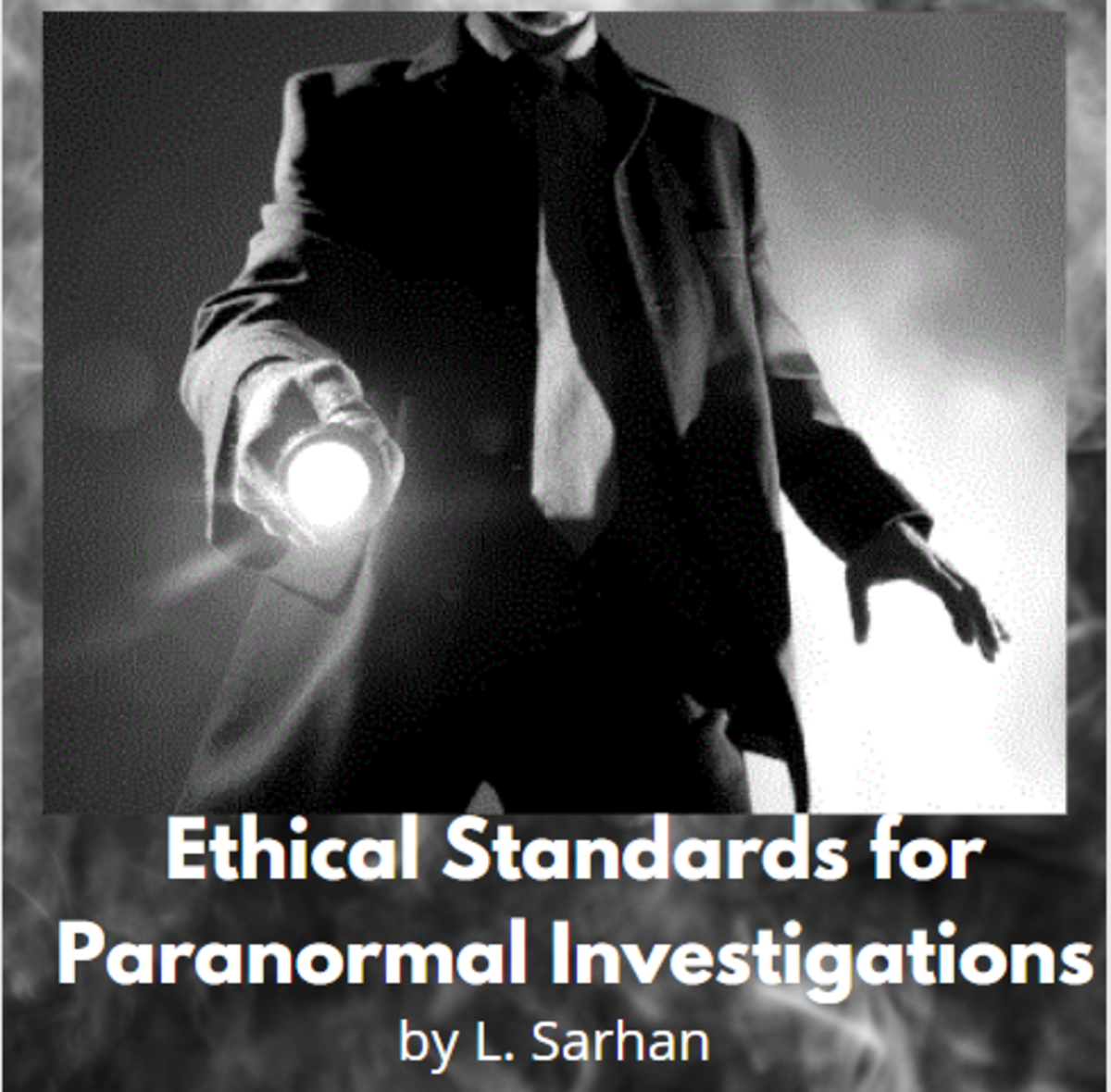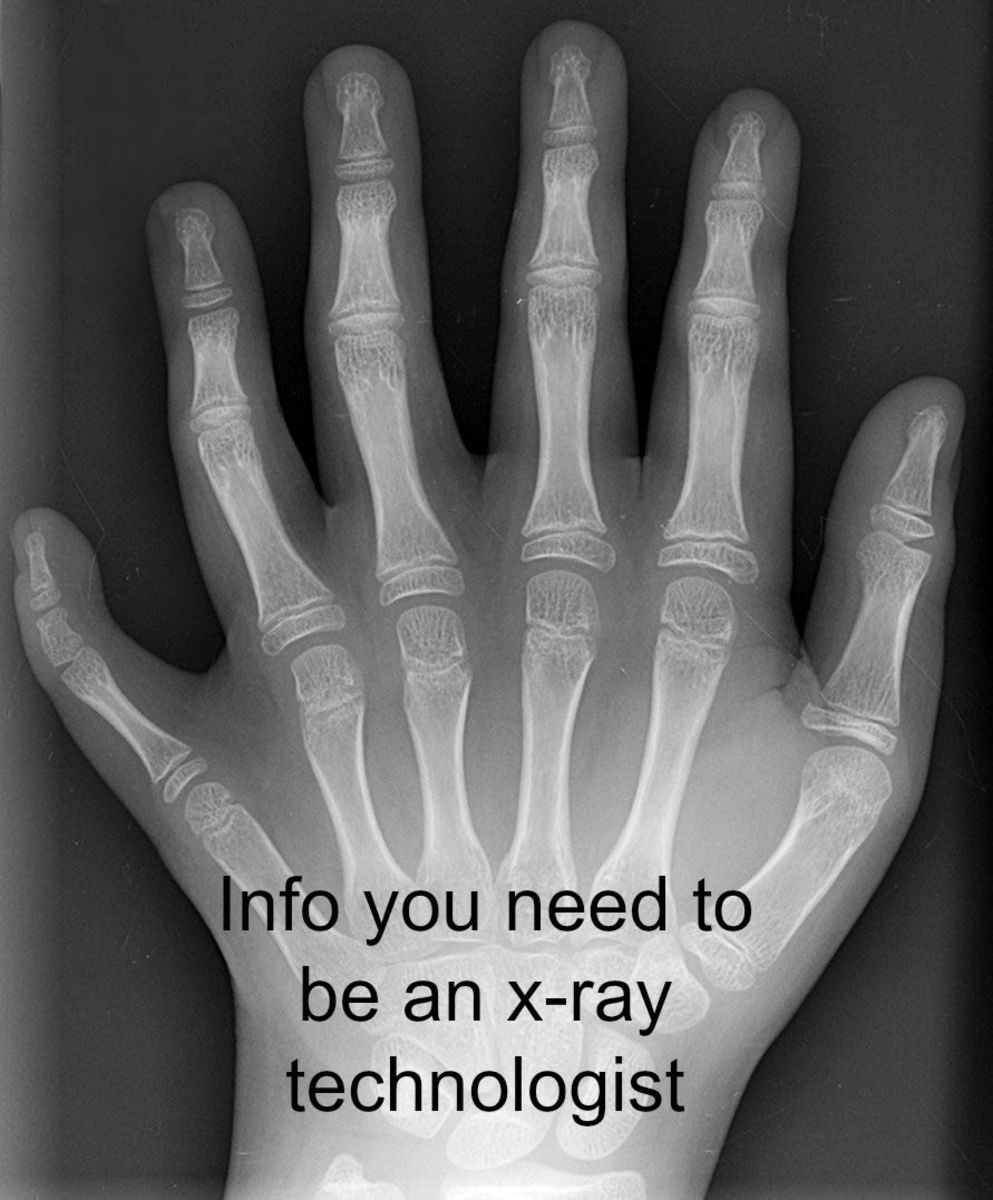How To Build a Career in Crime Scene Investigation
Crime Scene

The Background
The need for the specialist skills, training and aptitude required as a crime scene investigator has come on the front burner as a result of the increasing demand of this class of professionals.
While many of the experts found here used to be restricted to police departments, they are also available now as private investigators and crime specialist firms. The input made by these specialists to the resolution of homicides and other crimes cannot be downplayed in the face of how sophisticated crimes have become over the years.
A strangled body found in the alley. A vehicle smoldering from a roadside fire with the driver killed on her way home. An office laboratory goes up in flames. These are all gory scenes that catch the eyes of a forensic crime investigator.
When a crime occurs, the public is interested in apprehending the culprits and this is the prevailing sentiment across the globe. However, getting this done is not by sleight or wave of hand, as it requires a technical approach to build up a basis for the crime narrative and to make sense out of the puzzles.
A systematic examination of these incidents is a logical step that many crime scene investigators will proceed on, in order to identify the victims, determine what happened and pierce together the needed evidence that will be necessary to make headway as far as unraveling the possible culprits. This will be apt in order to ensure that any remnant or piece of evidence is not destroyed or muddled up as a result of delays or interference with the possible clues.
This explains the recurring step of cordoning off that is taken whenever a crime is identified to prevent evidence contamination.
The crime scene requires the presence of criminal investigators and other crime scene personnel so that the areas can be secure, defined and critically examined. The physical evidence needs to collected, preserved, packaged and submitted for further laboratory analysis.
The vital reconstruction of what transpired is only possible for investigators when they take hold of the pieces of critical evidence that can be gathered. No crime can ever be resolved unless there are vital details that can be gleaned from the crime scene. How these details are collated and presented can make a world of difference in determining if the crime can ever be resolved.
Every crime scene team has a crucial job to be thorough with their evidence gathering and examination so that the vital facts of a case can be successfully and accurately determined. The manner with which the evidence gets handled is vital for the prosecutor as well as the defense counsel in arguing the intriguing facts of the case.
Where a jury is also involved, these facts will be pivotal in their determination of a guilty outcome or innocence of the accused. Sometimes, a criminal can be left off the hook as a result of poor evidence gathering and presentation. This necessitates the use of professionals in the gathering and assembling of the facts of each case.
Crime scene investigators have to be trained and this requires facets of in-depth instruction, scenario construction as well as exposure to real life crime platforms. The practical steps to follow when confronted with a crime scene are basic and constitute a primary building block that every investigator needs to be well acquainted with before getting thrust onto the field.
The expanding world of digital convergence also makes it necessary to deploy latest technologies in this field of human endeavor.
What is Crime Scene Investigation?
When a crime takes place, there is the immediate need for law enforcement agencies to take charge and control access to the crime scene. How this gets done is of primary importance to the interested parties and in their bid to find clues to the crime, there are professionals that need to come on to the site and probe the facts of the crime.
Unless this takes place, chances are that the crime will be unresolved and the guilty party will not be held accountable for crimes committed.
The immediate steps to take when a crime scene is identified, the approach to follow and the initial procedures are all vital as the crime scene investigator goes to work. Following a pattern of practice is important as there are codes to follow in every profession and this cannot be an exception whenever a crime is reported.
The methodical steps are necessary and are always expected of every crime scene investigator. All of these will be used to ascertain the relevance of evidence obtained, place a value and decide whether to take a sample for further review and interrogation. All evidences are deemed of equal importance as much as they are gleaned from the crime scene until proven otherwise as a result of further scrutiny.
Principles
The exchange principle attributed to Locard is the underlying approach used when faced with investigating any crime scene. It explains that each time a person exits or gets in to any crime scene, there is a physical object that either gets added or removed from such crime scene.
In other words, each contact is believed to leave a trace. This is the basis for investigators linking suspects to their victims, the identified crime scene as well as physical objects.
Whenever an object links a person to a crime scene, it is tagged an associative evidence. Examples of these include fingerprints, weapons, body fluids, fiber, hair, blood, etc. This is a key to unlocking the answer to the common question-who is responsible?
The place of reconstructive evidence cannot also be discounted as it enables an investigator to understand whatever took place at the crime scene. It is more of a walk-through procedure which the expert hangs on to as he probes for clues.
This can be a broken glass, bullet paths, shoe prints or a broken window. These all points to the unraveling of the question-How did this happen?
Every step taken by a crime scene investigator is targeted at answering a vital question as outlined in the body of work that governs the practice of crime scene investigations. Sometimes, there are control samples that need to be taken so that people can be linked to the crime committed.
At other times, it can also mean linking other things or events to the crime scenario. Carpet fibers, soil as well as trace evidence from the crime scene are the common examples here. When any of these gets found on the body of a suspect, in their car, residence or office, it becomes a form of circumstantial evidence that can link that person to the crime committed.
When a crime occurs and the police get called in, they are keen to find out clues immediately. If it was a burglary in a neighborhood, investigators could be found picking up glass fragments from a shattered window lock with any discernible pattern.
Any tip can lead the investigators on site to a person known for burglary crime in the area. Further examination of the suspect’s clothing can reveal glass fragments from the broken window which shows the same discernible pattern consistent with the imprints on the smashed window.
In further analysis, investigators take steps to eliminate persons who could not have perpetrated the crime through fingerprint matching or screening of DNA samples.
Control samples are collected from persons known to have access to the crime scene but are not considered as possible suspects. This step makes it possible to narrow down the number of suspects to a realistic size.
How to Gauge the Value of Each Evidence
At every crime scene, there are possible pieces of evidence that can be discovered. Since not all evidence can be admissible or become of possible use, it is important to identify the template that is used to discern pieces of evidence.
Looking for Evidence
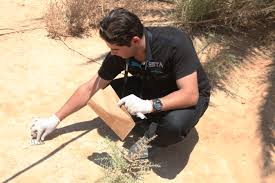
Uniqueness
Whenever there is an item that is found which makes it possible to narrow down the number of persons that might be considered as suspects, it is deemed to be of use. If it is an impression from a car tire at the scene, it can be marked out and compared with other tread impressions so that the vehicle type can be discerned.
If it is a shoe imprint, it can be scrutinized to determine the shoe size and the possible shoe type. Following the wear pattern can make it possible for the specific pair to be accurately matched.
Chance Happening
The mathematical consideration of probabilities of any piece of evidence appearing at the crime scene by chance is also validly interrogated. Core evidence like DNA is highly improbable to have got to the crime scene except it belongs to the suspect.
What this procedure does, is to make it possible for the list of suspects to be narrowed down as much as possible in order for the vital compelling case to be built up for the prosecution
Consistency Rule
An item that is inconsistent with the crime scene setting or considered out of the victim’s character is a match for valuable evidence.
If the victim is non-smoker, then a cigar butt at the scene becomes an important bit of evidence that cannot be overlooked. The idea will lead to possible smokers on the suspects list undergoing further scrutiny as effort is made to unravel the crime.
Physical Match
Whenever a piece of evidence at the crime scene can be matched by trace evidence from a suspect, then there is valuable evidence is in the kitty.
A piece of a broken fingernail at the crime scene if matched with the fracture marks on a suspect, it becomes a piece of valuable evidence if it can be proven that both pieces were possibly once a part of the same item.
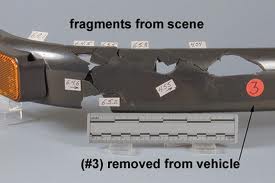
How to Become a Crime Scene Investigator
Becoming a crime scene investigator necessitates a basic requirement as certifications are available on the international scale and of worldwide recognition.
The certifications available in the field have been largely on a global scale although institutions have sprung up in some countries to provide a national coloration based on country-to –country peculiarities.
Ranging from degree programs to certificate or even diploma courses, students have a broad field to choose their option if they decide to pursue a profession in crime scene investigation.
Degree-Based Courses
On a degree basis, there are courses that are available in forensic investigation and/or criminal justice.
Universities across the globe offer degree programs to this effect and students will expect to have a specialization in crime scene investigation. On completion, graduates will have the skills to identify, examine and analyze crime scenes for veritable evidence that will be necessary to produce the desired results as a crime scene professional.
There are also associate degree programs that interested students can pursue in order to have a head-start in the profession. Graduates can become police officers, crime scene technicians and evidence technicians, depending on the pathway they opt for.
There are also masters’ degree courses that offer first degree holders a chance to pursue a specialty in crime scene investigation and this is available in most universities. Students with previous higher degrees in any related field of study have a chance to do a crossover and this is made possible by the range of programs available at the masters’ level. This is an attraction to people with other specializations that look forward to a place in crime scene investigation.
On a general note, possessing a high school certificate is a prerequisite for admission into these degree programs across the country.
Online Diplomas
A couple of online diploma courses are available and can be enrolled for by anyone who desires to pursue a career in crime scene investigation. Possessing a high school diploma is a necessary prerequisite for anyone looking forward to a chance at becoming a crime scene professional.
Like most educational programs, there is a level of prior learning that is expected of students to have attained before they can be admitted for these courses.
The mode of study is clearly open book testing and corresponding with specified examiners as the course progresses. This clearly shows the ease of undergoing this mode of tutelage. Some schools provide toll-free lines while others have email addresses for unhindered correspondence.
One advantage of diploma programs is that students are not expected to take general education courses as part of their curriculum. Courses like insurance investigating, undercover investigating as well as criminal and technology investigating are core areas that students should look forward to during the program.
Certificate Courses
There are a number of certificate courses that can be enrolled in by potential students so that they can become crime scene professionals. The options include such roles as crime scene photographers, Ballistics investigators or criminalistics.
The range of courses available here are quite diverse as there are a number of experts that might be required to work on specific crime scenes as a result of the diversity of circumstances or peculiar situation underlying the crime.
Most of these programs will generally require the possession of a high school certificate as a minimum entry requirement. Other qualifying criteria might be acceptable to the awarding institution depending on the case by case basis of intending students. Such metrics as prior work experience, maturity and aptitude can put an individual in good stead to pursue a career here.

Course Information
The number of institutions offering programs in the field of crime scene investigation are numerous and they include;
Universities
Most programs at this level are four year courses for a first degree in criminal justice with specialization in crime scene investigation. At the masters’ level, the span of program is between 18 to 24 months depending on the institution of study.
Certificate Programs
Most certificate programs offer courses that can be completed within 6 months to one year depending on the number of courses taken by the student. A high school certificate is a prerequisite for admission except where the institution provides an alternative pathway.
Online Diploma
Online Diploma programs last for about 24 months after which the student is able to earn a diploma in the chosen field. A high school certificate gives you an opportunity to proceed on this course of study anywhere you are across the country.
The ease of study means that for people who are already working, they can schedule their study in such a way as to utilize weekends or after hours for the completion of their expected coursework, examinations and grading.
Career and Benefits in Crime Scene Investigation
Who gets involved in any crime scene depends on the agency of government that is overseeing a particular crime. The size of resources available is an issue to consider in every scene investigation. With more resources made available, more professionals can be assembled to ensure that all verifiable evidence is obtained and presented to the prosecution and at the end; justice can be expected to be done. The work of crime prevention and detection specialists prove to be a major core in the pursuit of justice and in ensuring that perpetrators are apprehended and punished.
At every crime scene, it is normal to see a detective but he will in turn work with other professionals like crime scene evidence collection personnel and photographers. Pieces and bits of DNA, bullets, other trace evidence, latent pints and so on; needs to be collected, analyzed and reviewed. There is no individual that does the entire job alone or completes the needed processes without the help of the team of professionals.
On the basis of the International Association for Identification programs, there are four levels of proficiency and they are as follows;
- Certified Crime Scene Reconstructionist
- Certified Senior Crime Scene Analyst
- Certified Crime Scene Analyst
- Certified Crime Scene Investigator.
- Certified Fraud Examiner
Other Certifications
There are a range of other certifications which can be obtained on a vocational basis like the Evidence Photographer Certification, the Certified Medico-legal Death Investigator among others which can be completed on an online basis across the globe
Conclusion
Crime scene investigation is not a new subject matter but it has become a field of contemporary focus as result of the development of a body of certifications for the recognition of professionals who work in the prevention and apprehension of criminals across the globe.
Understanding the motive behind a crime does not come by mere guesswork as a process of identifying, collecting, examining and analyzing of evidence from the crime scene has to be completed. This requires the input of trained personnel who takes charge of the step by step template that is expected to be followed in unraveling a crime.
The work of such trained persons is only made possible because they have undergone the due instruction, grading and certification processes in order to be good enough to perform their assigned roles.
The pathways to a career in crime scene investigation are not limited as it can be as comfortable as the online diploma platform or through traditional degree programs at universities. Other certificate programs are also available and they can be accessed through a number of institutions and training centers across the country.
The possibility of gaining an international certification also exists through such bodies as the Association of Certified Fraud Examiners or the International Association for Identification programs. While the latter provides a four level certification program, the former requires registration with the national body after completion of the certification process which might include written examinations if no acceptable qualification is possessed by the applicant.
A career in crime scene investigation is proving to be popular across the globe as statistical estimates show an upward trend with regards to the demand for professionals in the field over the next decade. The growing sophistication in crimes committed as well as the innovations in technology has also led to the demand for technology specialists who are required to probe the basis and extent of technological crimes.
The technical skills needed for a career in crime scene investigation requires that some basic educational attainments must be possessed by an applicant before admission is granted to study any of the courses in this field of human endeavor.
While prior training and related certifications have proved to be a relevant pathway, it opens the door for higher certifications and further studies up to masters’ degree and doctoral levels.


